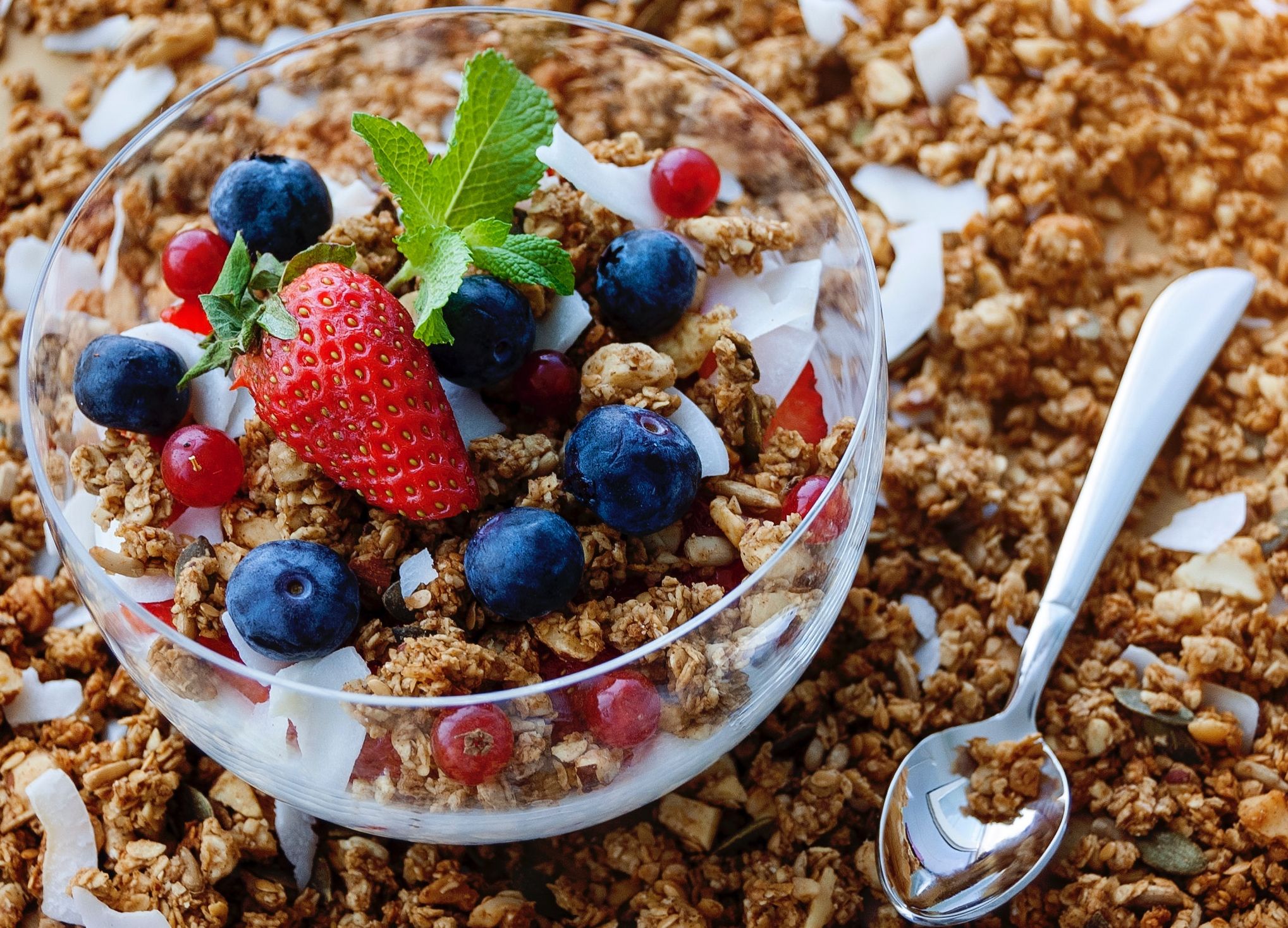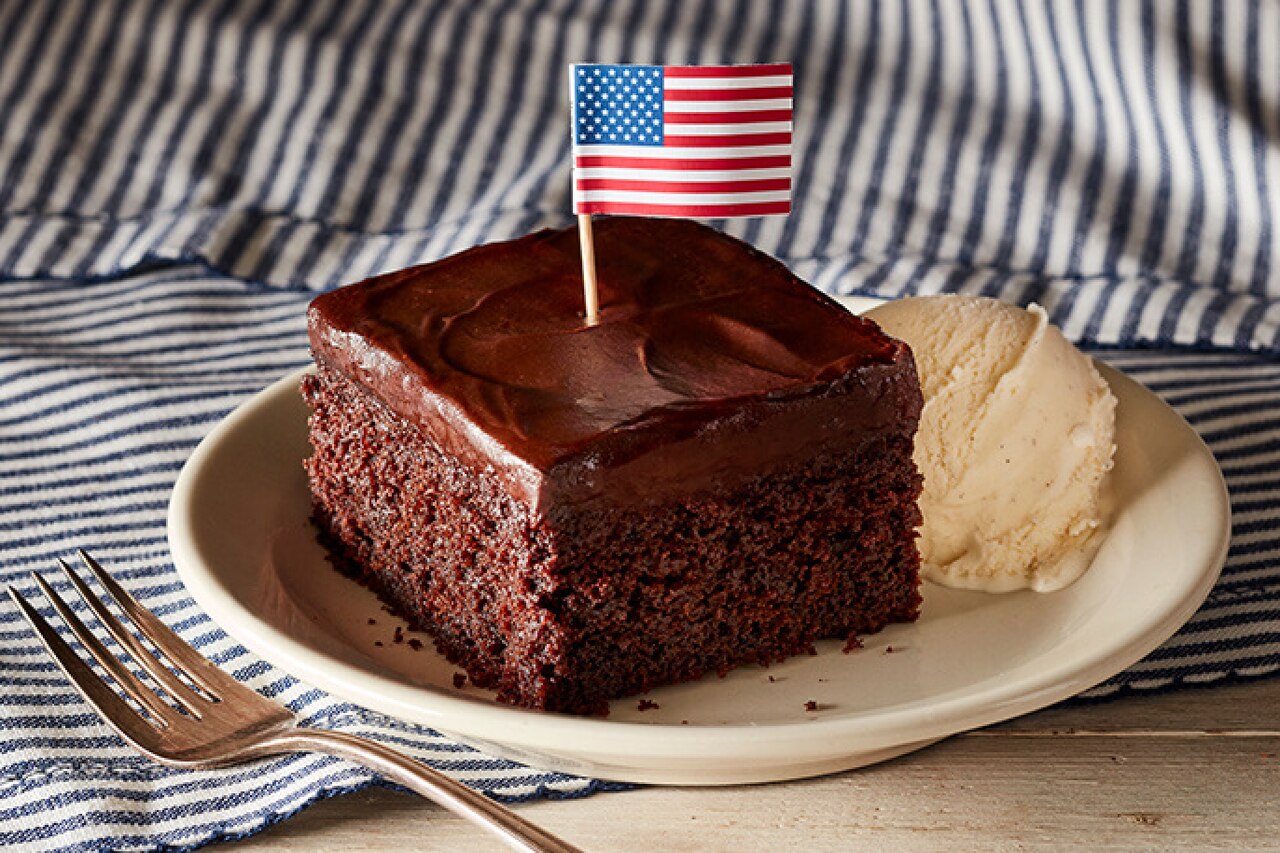The most familiar grains used in making cereals are; wheat, Italian millet, rice, maize, bajra, corn, sorghum, oats and barley. Cereals are rich sources of vitamins, oils, fats, minerals and proteins. The whole grains normally contain an outer bran coast, a germ and an endosperm. In nutritional terms, 95% of the minerals found in cereals are phosphates of magnesium and sulphates and calcium. Cereals are usually the greatest source of energy in human; cereals also contain complex carbohydrates that come with many benefits.
Breakfast cereals are usually packaged and sold in most commercial stores. These cereals are sometimes taken cold or mixed with either water, milk or fruits to add taste and nutrition. The most common examples of breakfast cereals include; oat meals, cornflakes and porridge. On the other hand, most dry cereals are produced by extrusion. This process involves creating a slurry of grains and then combining them in an extruder machine. The grains are then forced out onto a small hole and made into little shaped flakes, puffs or shreds and then sealed to give them that crispy feel.
Cereals are very healthy to your diet; because they can help fight conditions and diseases such as stroke, diabetes and breast cancer. Whenever you are shopping for cereals, it is important to know what you are purchasing so that you do not place a bowl with an inaccurate calorie count or empty calories. The first thing to acknowledge is recognize the right serving size. Typically, a standard serving size for dry cereal is usually one ounce; however, the sizes may range from one full cup to a quarter cup depending on the type or build of the cereal being measured.
You can also establish the serving size by checking out the box information in order to measure the right amount. When the label is inscribed with the words high fiber, it means that there are at least five grams of fiber per serving. Because fibers usually process at much lower speeds inside the body compared to other food, they generally make you feel fuller for longer. High fiber cereals intakes been shown to reduces the risk of contracting diabetes type I and II, heart diseases and help lower the body mass index (BMI), in addition to aiding the digestion process.
The fiber content in cereals also reduces the speeds at which glucose secretion occurs in food, thereby helping regulate the sugar levels in the blood. You can enrich your cereal servings by topping it off using among milk which is rich in nutrition or with fat free milk which can add up to 50% of the daily recommended Vitamin E intake and 20% Calcium requirements. Fresh fruits such as blue berries and strawberries also act as great additions, because they are packed with various beneficial fibers and anti-oxidants. Today the cereals market is also replete with juicy cereals that are especially made for children, when milk is added into this mixtures a complete and delicious protein rich meal is formed.









